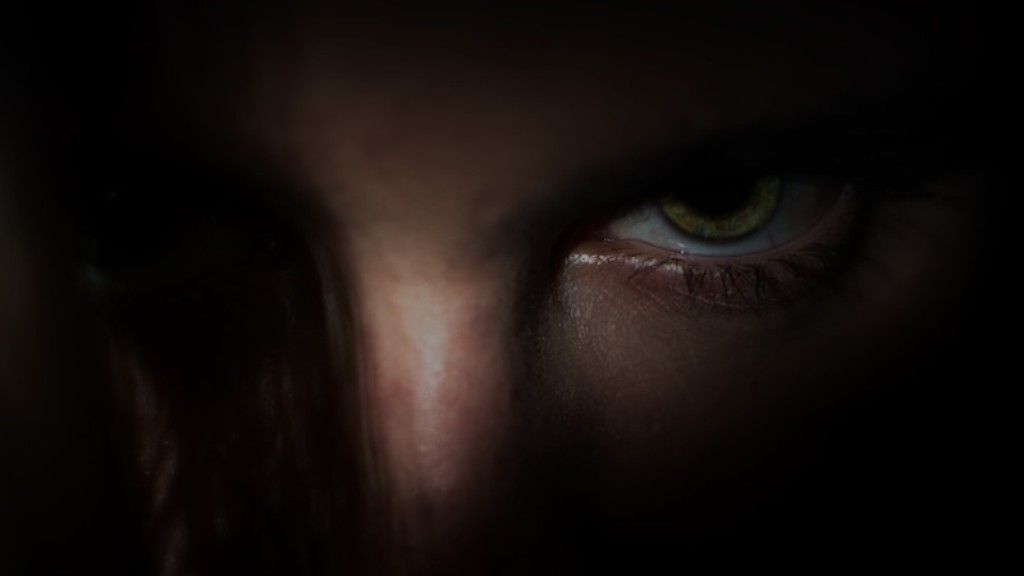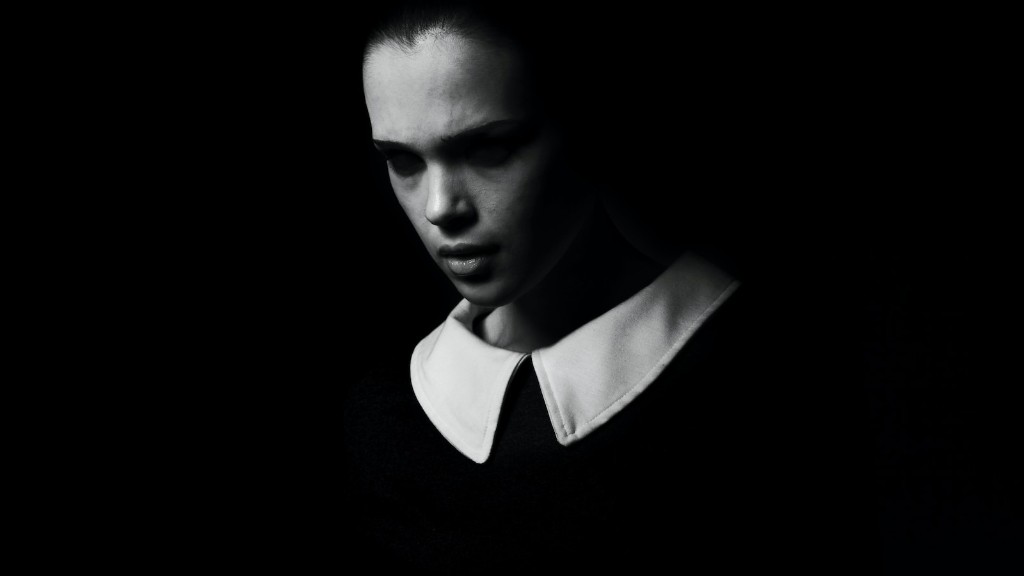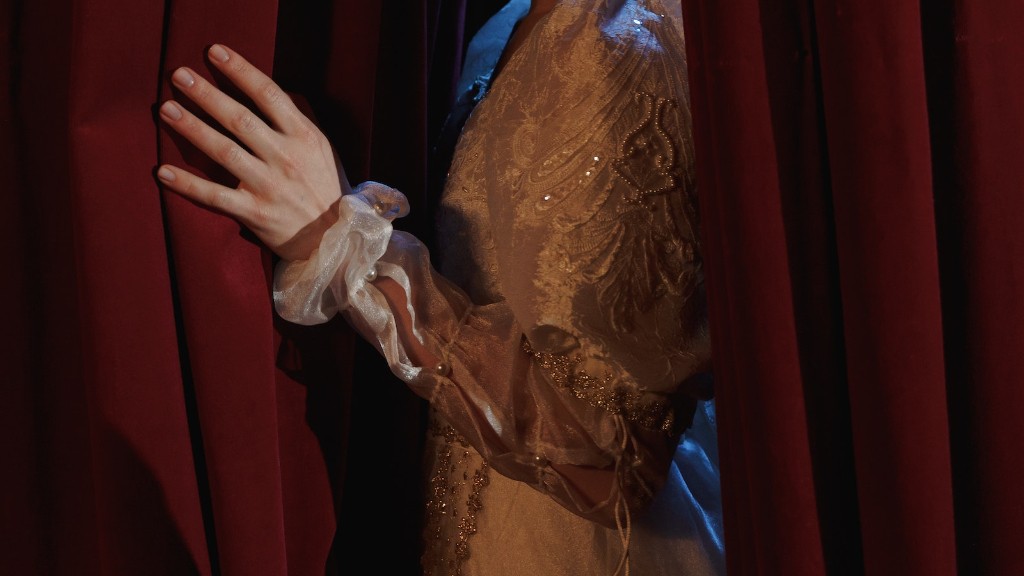There has been a long-standing debate about why females are often victims in horror movies. Some believe that it is due to the fact that females are traditionally seen as the weaker sex, making them more vulnerable to attack. Others believe that it is simply because they are typically the ones left alone in the movie, making them an easy target for the killer. Whatever the reason, it is clear that females are disproportionately victimized in horror movies.
There are many possible explanations for why females are victims in horror movies. One possibility is that it is a reflection of real life, where women are disproportionately victims of violence. Another possibility is that it is a way to titillate and shock viewers. Whatever the reason, it is clear that females are often the victims in horror movies.
Why is there always a final girl in horror movies?
The final girl trope is a popular one in horror films, particularly slasher films. It refers to the last girl or woman alive to confront the killer, ostensibly the one left to tell the story. This trope is often used to create suspense and tension in the plot, as the audience is left wondering who will survive until the end.
Horror movies often rely on taking something and putting it out of its usual context to create fear. One example of this is using women to portray ghosts. Since females are usually seen as less threatening, to put them as a threat usually is more shocking.
Why horror is the most feminist genre
Horror movies have always been a popular genre, and in recent years there has been a resurgence in interest in the genre. One of the things that makes horror so popular is the suspense and fear that it can evoke. Another reason why horror is so popular is because it is a genre that can be used to explore social issues and to comment on the human condition.
One of the things that makes horror movies so popular is the fact that they often feature strong female characters. These women are often put in situations where they are under attack and facing looming death, but by their wits, they will go down fighting. At the same time, movies like The Descent and Saint Maud that allow women to be both aggressor and victim showcases how twisted female resilience can be.
Horror movies often highlight the multifaceted strength of women, and this is one of the things that makes the genre so popular.
The study found that when faced with an anticipated negative experience, women were more likely to have greater activity in the hippocampus – a region of the brain associated with fear and emotion – than men. This difference in brain activity may help to explain why women are more likely to be terrified by horror movies than men, the researchers said.
What are the 3 rules to survive a horror movie?
Dewey is the one who quotes them and these rules are:Never trust your love interestThe killer always has something to do with the pastThe first victim always has a circle of friends that the killer is a part of.
With these rules in mind, you should be able to survive a horror movie. Never trust your love interest, as they may be the killer. The killer always has something to do with the past, so be sure to keep an eye out for anything suspicious. The first victim always has a circle of friends that the killer is a part of, so be sure to stay away from them.
Sally Hardesty is often cited as the first “final girl” in horror movies. A final girl is typically the last person alive in a horror movie, who usually defeats the killer in the end. Sally Hardesty fits this description perfectly, as she is the only one of her friends to escape Leatherface in The Texas Chainsaw Massacre. Leatherface is a cannibalistic serial killer who tortures his victims before killing them. Sally is able to escape him and defeat him in the end.
What type of personality likes horror?
This study found that low neuroticism and high sensation seeking were better predictors of horror movie preference. This means that people who are less neurotic and more open to new experiences are more likely to enjoy horror movies. This is an interesting finding, as it suggests that personality traits can influence our taste in movies.
The term “Final Girl” was coined by Barbara Creed in her book of the same name. It explores the reversal of women as victims in horror films to women as monsters and how it often uses monsters that reflect female sexuality.
The idea of the Final Girl is that she is the last woman standing in a horror film, and often the only one who can defeat the monster. She is usually a virginal, moral character who stands in contrast to the more promiscuous female characters who are often killed off early in the film.
The Final Girl is a subversive character who challenges traditional gender roles. She is a strong, independent woman who is not afraid to confront the monster. This reversal of traditional gender roles is what makes the Final Girl so interesting and terrifying.
Who is the creepiest horror character
It’s no surprise that Freddy Krueger, Hannibal Lecter, Michael Myers, and Chucky are the horror villains most Americans find scary. These characters are all incredibly dangerous, and their crimes are truly heinous. What’s more, they’re all incredibly relentless in their pursuit of their victims. There’s no escaping these villains, and that’s what makes them so terrifying.
It’s no secret that the horror genre is pretty darn gendered. The vast majority of protagonists (and antagonists) are male, while females are much more likely to be portrayed as the victim. This isn’t just limited to on-screen violence, either – women in horror are often sexualized to a shocking degree, while men are rarely shown in a sexualized light. This discrepancy is just another example of how the horror genre is pretty darn sexist.
What is the male gaze in horror films?
Mulvey’s essay discusses how the male gaze de-humanizes women in media. She argues that because media depicts women as they are observed through the male gaze, women tend to take on this male perspective. This results in them being objectified and sexualized, rather than treated as human beings.
The term “final girl” was coined by horror scholar Carol J. Clover in her book Men, Women, and Chain Saws: Gender in the Modern Horror Film. The final girl is usually the only one left standing at the end of a horror movie, and she is often the only one who knows the true nature of the killer.
The final girl is usually a survivor who has faced death head-on and triumphed. She is usually resourceful, level-headed, and intelligent. The final girl is often the only one who can stop the killer.
The concept of the final girl has been criticized by some as being sexist, as it often depicts women as powerless victims who need to be saved by a man. However, others have argued that the final girl is a powerful figure who takes control in a situation where she is the only one who can.
What is the snuggle theory
The ‘snuggle theory’ suggests that watching horror films may be a way for young people to fulfil their traditional gender roles. This theory suggests that horror films provide young people with an opportunity to explore their fears and anxieties in a controlled and safe environment. By doing so, they are able to learn more about themselves and their place in the world. While the ‘snuggle theory’ has not been proven, it is an interesting way to look at the role of horror films in society.
Horror entertainment can provide a thrill that comes with a release of adrenaline and other feel-good chemicals. The brain can then quickly process the surroundings and conclude that the experience is not a genuine threat. This knowledge of personal safety is one reason horror fans habitually watch scary movies.
Why you shouldn’t let kids watch scary movies?
It is important to monitor the media that children are exposed to as it can have a profound impact on their behavior. Studies have shown that toddlers and young children who watch violent movies, including Halloween horror films, television shows or video games, may be more likely to develop anxiety, sleep disorders, and aggressive and self-endangering behaviors. It is important to have discussions with children about what they are watching and to help them understand the difference between fantasy and reality.
The 10 Scariest Horror Movies Ever
The Exorcist (1973)
Hereditary (2018)
The Conjuring (2013)
The Shining (1980)
The Texas Chainsaw Massacre (1974)
The Ring (2002)
Halloween (1978)
Sinister (2012)
These are the horror movies that have scared audiences the most over the years. Some of them are still considered the gold standard for scares, while others have lost some of their luster with time. But all of them are still plenty scary and well worth watching if you’re a fan of the genre.
Warp Up
There are a number of reasons why females are often victims in horror movies. One reason is that horror movies are typically geared towards a male audience, and thus the female characters are often designed to be attractive and vulnerable in order to appeal to this demographic. Additionally, many horror movie plots revolve around male characters protecting women from evil forces, which further perpetuates the notion of females as helpless victims. Lastly, most horror movie directors are male, and thus they often create female characters that reflect their own patriarchal view of women.
There are many possible explanations for why females are often victimized in horror movies. It could be argued that women are more likely to be victimized in real life, so horror movies mirror this reality. Alternatively, it could be argued that horror movies often rely on shocking their audiences, and one way to do this is through depicting graphic violence against women. Whatever the reason, it is clear that females are disproportionately represented as victims in horror movies.




